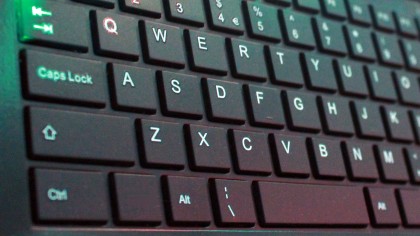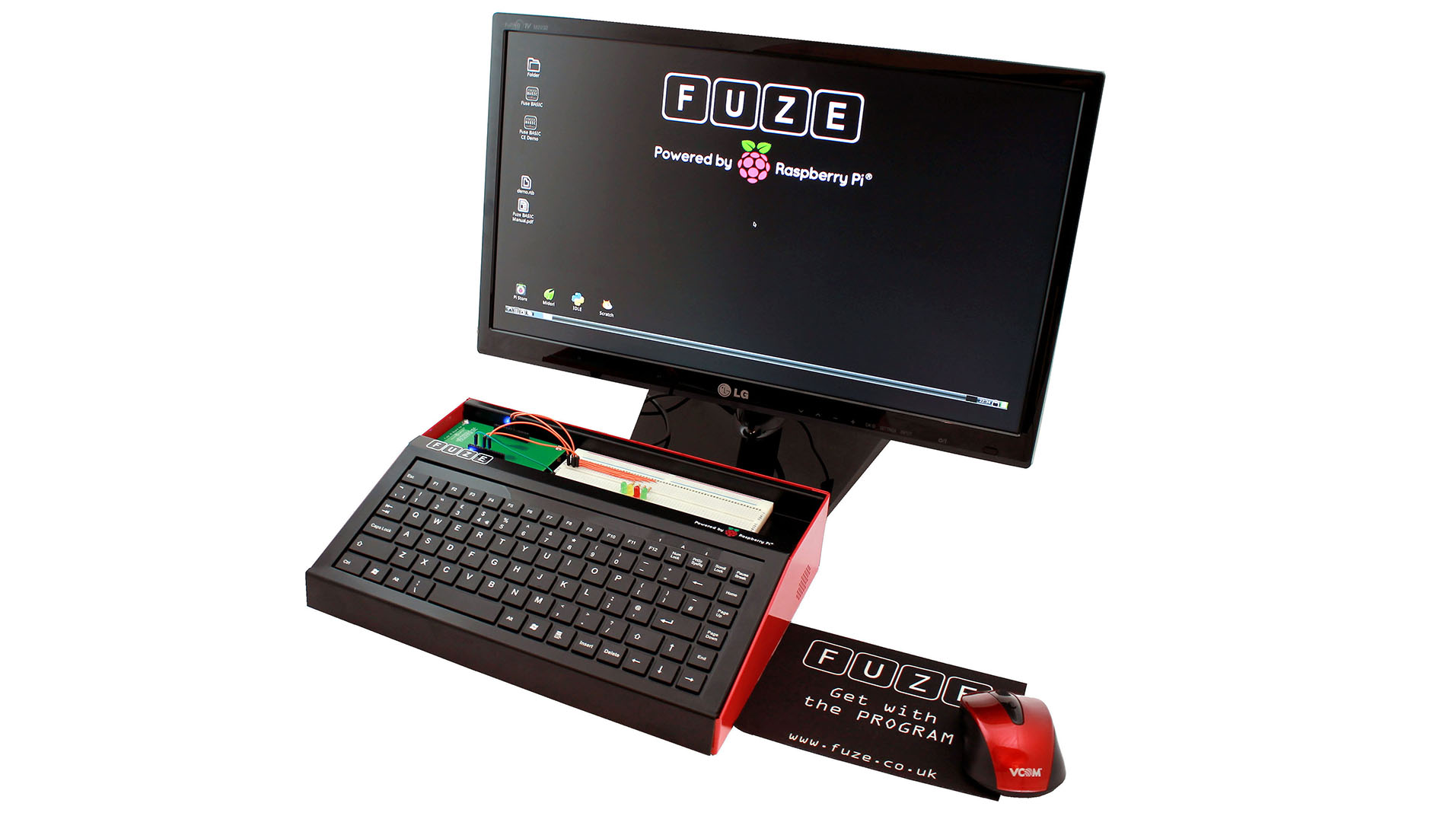Why you can trust TechRadar
BBC BASIC, the language of the BBC Micro is fondly remembered for being a good language to learn on. However, the computing world has moved on in the past 30 years. Fuze BASIC harks back to the past rather than embracing the present and looking to the future. The font may look retro to older readers, but it'll look ugly and out of date to school children. The lack of mouse control and syntax highlighting in the code editor also seems to be trying to pull users backwards to the past.
The thing that confuses us is that this is completely unnecessary. Python, the language recommended by the Raspberry Pi Foundation, is not just a more powerful language that allows students to progress further, it's also easier to use. Python, unlike Fuze BASIC, is also cross platform, so students can work on projects if they don't have a Pi at home.

While the case feels and looks nice, we're also unsure what it actually adds to the setup. Raspberry Pis in small cases such as the PiBow are, in our experience, protected well enough. The built in keyboard is a bit too small for comfortable typing (the right shift and return key aren't full size) and the minimal travel on the keys add up to a poor experience. On a normal Pi, you can simply use whatever USB keyboard you wish, and that seems like a better option.
The inability to use standard Pi add-ons is a real disappointment for us. There are some great devices being made (with more in the pipeline) that give the user easy, simple access to a wide range of inputs and outputs. The lack of access to the camera port, similarly, seems like an opportunity lost.
Verdict
The Fuze is one of the most expensive ways to kit out a Raspberry Pi. Unfortunately, it doesn't do anything better than the more common options, and it does some things noticeably worse.
We also don't think that Fuze BASIC is a good option for education. Python and Scratch are the languages of choice for most Pi educators and we see no reason to change this. SD card images with Fuze basic are available for download from the manufacturer's website, and we recommend you try it if you're thinking of using a Fuze.
It's not that the Fuze is a bad device; it just happens to be less than the sum of its parts. For every task we can think of, having a normal Pi case is preferable to this for flexibility, ease of use, connections and expansion options. Perhaps there are some situations where the sturdiness of the case coupled with the inbuilt keyboard is useful enough to surpass its weaknesses, but in most situations, we don't think it will.
Sign up to the TechRadar Pro newsletter to get all the top news, opinion, features and guidance your business needs to succeed!
We liked
The case feels sturdy and well made. It was also good to see the GPIOs take pride of place on top of the machine. A position that, hopefully, will persuade people to use them. The programmer's Reference Guide was a nice touch, and if they do keep producing project cards, they will build up into a really useful collection for educators. However, it is difficult to see this overtaking the already excellent information on the Pi, including those produced by the OCR exam board.
We disliked
The case limits your options for peripherals because it has the standard GPIO connections. The keyboard is uncomfortable to type on. We don't think the focus on FuzeBASIC is a good option for education. Fuze BASIC is a clunky language with a poorly equipped editor, and it doesn't share much syntax with any common languages so students may find it hard to move on should they wish. Tucking the board away out of site seems counter to the whole attraction of the Pi as a hackable device.
As a retro-styled computer for a hobbyist, the Fuze is alright, but there are better options for Raspberry Pis in education.
